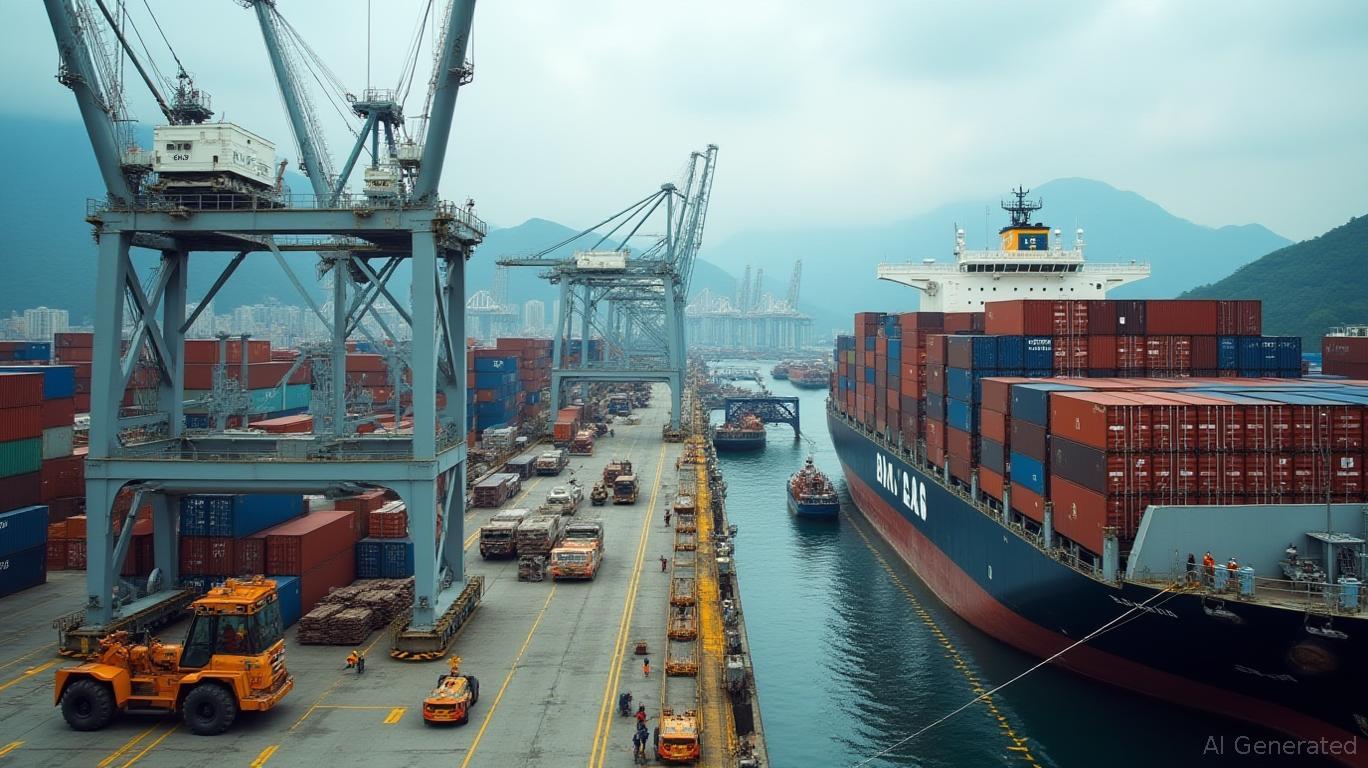Hong Kong's Currency Interventions Signal Shifting Capital Flows Amid Peg Stability
The Hong Kong Monetary Authority (HKMA) has once again stepped into the foreign exchange market, selling HK$9.5 billion to counter upward pressure on the Hong Kong dollar. This intervention, occurring as the currency approached the upper end of its 7.75 to 7.85 trading band against the U.S. dollar, underscores the delicate balance of Hong Kong’s linked exchange rate system. But what does this action reveal about global capital flows, monetary policy divergences, and the risks facing investors in one of Asia’s most open economies?
Hong Kong’s exchange rate regime, pegged to the U.S. dollar since 1983, is designed to maintain stability by ensuring the HKD trades within a narrow range. When demand for the currency rises, the HKD tends to appreciate toward the upper bound of 7.75. To prevent this, the HKMA sells HKD and buys USD, a process that mops up excess liquidity and keeps the currency anchored. This week’s intervention marked the first such action since late 2023, suggesting renewed capital inflows are testing the system’s constraints.

What’s Driving the Appreciation Pressure?
The immediate catalyst appears tied to interest rate differentials. While the U.S. Federal Reserve has paused its rate hikes, Hong Kong’s interbank rates—driven by local liquidity conditions—remain elevated. The Hibor (Hong Kong Interbank Offered Rate), a key benchmark, has hovered around 5.3% for the 1-month rate, far above the Fed’s 5.25%-5.5% target range. This spread creates an incentive for investors to borrow in U.S. dollars (via the yen carry trade) and invest in higher-yielding Hong Kong assets, such as property trusts or corporate debt.
Such inflows boost demand for HKD, pushing the currency toward the upper band. The HKMA’s intervention, therefore, isn’t just about defending the peg—it’s a mechanism to sterilize excess liquidity and prevent the economy from overheating.
The Trade-Offs of Intervention
While the HKMA’s actions are routine under the peg, their timing and scale matter. Selling HK$9.5 billion reduces the money supply, tightening liquidity conditions. This could weigh on Hong Kong’s already struggling property market and retail sector, which rely on cheap credit. Meanwhile, the intervention adds to the HKMA’s balance sheet, which has grown steadily over years of defending the peg against capital outflows (as seen during the 2015-2016 and 2020 crises).
Investors should also note the implications for the Hang Seng Index. Historically, periods of HKMA intervention correlate with mixed stock market performance, depending on the broader macroeconomic backdrop. However, the current environment—with China’s economy showing tentative signs of recovery—could provide a floor for equities even as liquidity tightens.
A Preview of Global Monetary Crosscurrents
Hong Kong’s experience also offers a microcosm of global monetary policy tensions. As the Fed holds rates steady and the Bank of Japan continues its ultra-loose stance, capital is flowing to higher-yielding markets. This creates upward pressure on currencies like the HKD, Singapore dollar, and even the Thai baht—all of which have seen similar interventions in recent years.
For investors, the takeaway is clear: the HKMA’s actions highlight the risks of betting against the peg. The authority has vast foreign reserves (over $400 billion) and a proven track record of defending the system. However, prolonged capital inflows could test the system’s limits, particularly if the Fed resumes hikes while Asian markets remain buoyant.
Conclusion: A Stable Peg, but Watch the Flows
The HKMA’s intervention underscores the resilience of Hong Kong’s exchange rate framework but also signals shifting capital dynamics. While the peg itself remains secure, investors must monitor two key metrics: the Hibor-to-Fed rate spread and the HKMA’s balance sheet growth. If interest rate differentials widen further, expect more interventions—and a tighter grip on liquidity. For now, the港币’s stability provides a reliable anchor, but the dance of global capital ensures no quiet interludes in this high-stakes financial hub.
Data as of [insert date], sourced from HKMA, Bloomberg, and Reuters.



_4cfcd0761748951521358.jpg)






